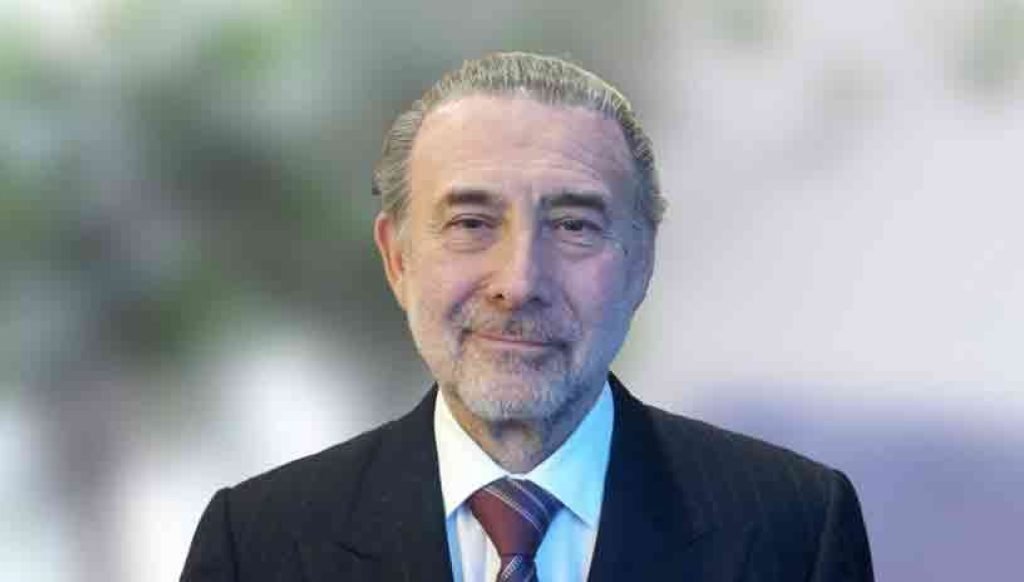How does the Church respond to child sexual abuse?
Australia’s Royal Commission on the Institutional Response to Child Sexual Abuse investigated how the Catholic Church and other institutions have responded to child sexual abuse for over 9 years.
The commission subsequently published a massive 17-volume report and 189 recommendations.
The investigation found multiple and persistent failures of religious institutions to keep children safe, and a culture of secrecy and cover-ups that had devastating consequences for entire life of children who had suffered sexual abuse.
In August 2018, the Australian Conference of Catholic Bishops and Catholic Religious Australia provided the Church’s official response, accepting more than 98 per cent of the recommendations concerning the Church.
Australia’s policies have since evolved to compensate child sexual abuse survivors and the Church’s actions to revise its sexual abuse laws to address the crisis within the ranks of church institutions.
Features of child sexual abuse specific to religious institutions
Institutional child sexual abuse associated with religious institutions is naturally different from the sexual abuse of children in the home, school, or other institutions.
It has several clear and specific characteristics that are unique to it. Among them are the following.
- Child sexual abuse is made possible by the characteristics of their religious communities. Religious communities can create and contribute to the risk of violence. In addition, they tend to be a barrier to disclosing sexual abuse.
- Within closed communities, children have little opportunity to interact with the wider community. In addition, in these religious communities, intimate matters are not openly discussed with children, resulting in particular vulnerability to sexual abuse.
- The authority of people in religious ministries is exceptionally high for parents, which leads to doubts about the very possibility of child sexual abuse.
- In such an environment, perpetrators often have constant and unfettered access to children.
- Children’s religious beliefs are used for manipulation. Threats of going to hell are common if a child resists or reports sexual abuse. Threats and accusations against children create guilt in children and silence the victims.
- There is also the so-called “spiritual abuse,” as children often experience sexual abuse through religious symbols and rituals.
Institutional reactions to child sexual abuse in religious institutions
Anglican Church
The Anglican Church of Australia is part of the worldwide Anglican Communion, an international association of 45 member churches in 165 countries. The second-largest Church in Australia is the Anglican Church of Australia.
The abovementioned commission’s report indicates that nearly 15% of child sexual abuse survivors had experienced abuse in institutions run by or affiliated with the Anglican Church. Thus, the Anglican Church is the second most frequently cited by survivors of institutional child sexual abuse.
Developing a national response to child sexual abuse in the Anglican Church has faced many constitutional and cultural barriers.
The Anglican Church’s procedures for protecting children and responding to sexual misconduct should be “comprehensive” and “uniform.”
As a result, in September 2017, the General Synod adopted the Safe Ministry to Children Canon, which seeks to implement minimum standards in all 23 Anglican dioceses.
In 2020, a Safe Children’s Ministries Ordinance was developed in the Diocese of Sydney, based on the principles outlined in and for related purposes in the Safe Ministry to Children Canon 2017.
At the same time, the General Synod made the Episcopal Standards (Child Protection) Canon 2017, which establishes a uniform grievance process for bishops. The complaints may concern:
- Child abuse
- Behaviour that does not satisfy professional standards
- Failure to comply with Commonwealth, state, or territory laws requiring child abuse to be reported to the police or other agency.
However, the main drawback of the canons is that they will not take effect in the diocese until the diocese adopts them.
Catholic Church
The Australian Catholic Church was the main focus of the commission’s report. More than 60 per cent of child sexual abuse victims suffered it in Catholic religious institutions.
Australian Catholic Bishops Conference and Catholic Religious Australia’s published a Response in august 2018.
The Catholic Church offered an unreserved apology to survivors of child sexual abuse and their families and pledged to do everything possible to heal the wounds of abuse. The Catholic Church should be a safe area for all. In addition, grief was expressed for the fact that children and young people have been abused by religious and lay-workers or clergy in the Catholic Church. The grief was also related to many bishops’ and religious leaders’ failure to prevent abuse or to report abusers to the police.
Religious leaders have accepted or supported 98 per cent of the recommendations of the Royal Commission. The only recommendation the Church did not accept was recommendation 7.4, which dealt with sealing the sacrament of penance.
Several recommendations were marked “For Further Consideration.“
In February 2021, the Catholic Church implemented a National Response Protocol. It established principles to be followed by church authorities in responding to an allegation of child abuse and specific procedural steps to be taken when an allegation is received.
In 2021, the Vatican announced changes to the Code of Canon Law in connection with significant reforms related to sexual abuse.
These steps include reporting to the police criminal charges of child abuse against current or former church personnel.
In addition, the Catholic Church recognized that victims of sexual abuse could be adults, not just children, and punishments should also extend to laypeople working in church institutions.
These are significant steps toward ensuring the safety of children in religious institutions.
If you or someone you know would like to talk to one of our historical sexual abuse specialists, for free and in confidence, about your legal options, please feel free to either complete the form below with the best way and the best time to contact you, or you can call us on 02 9283 5599.

